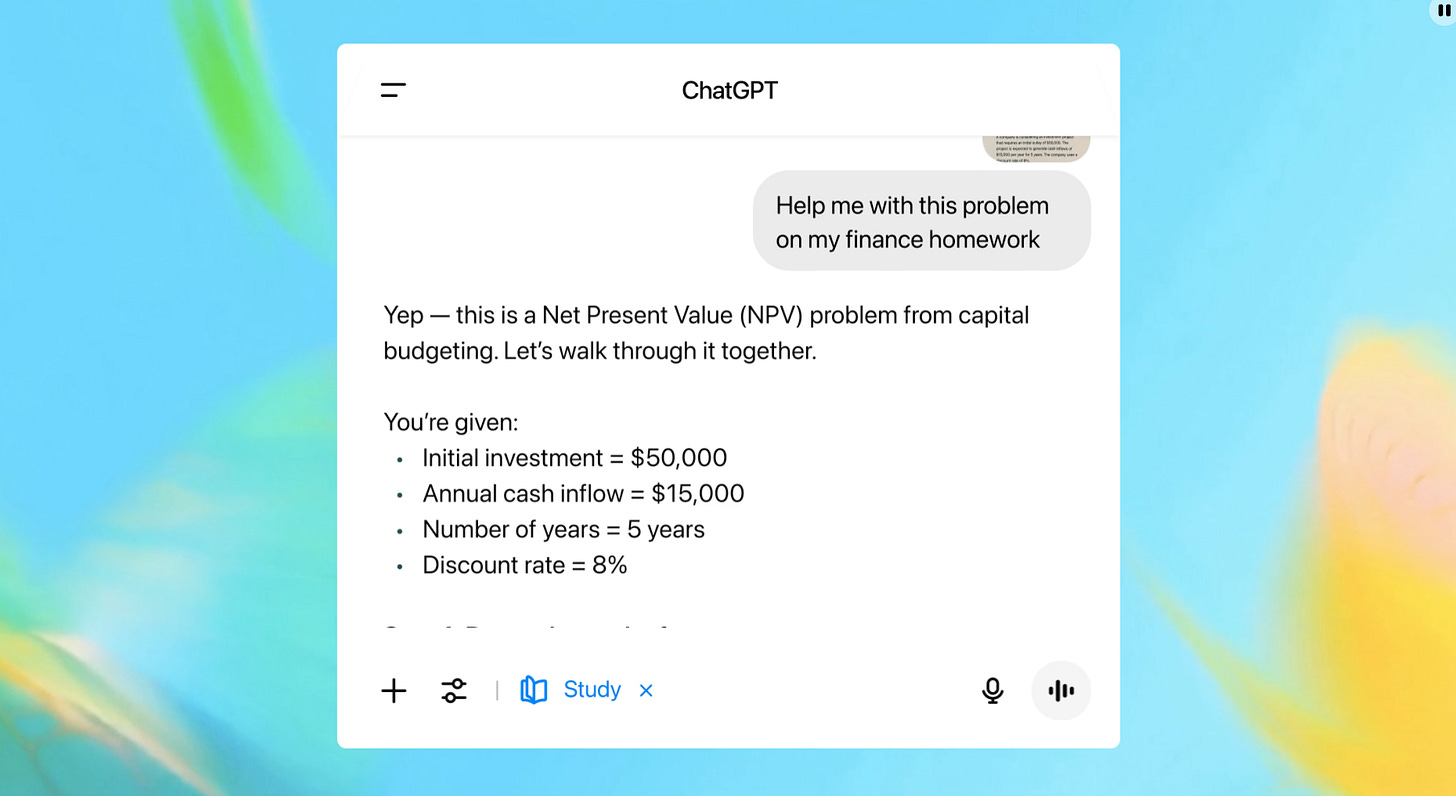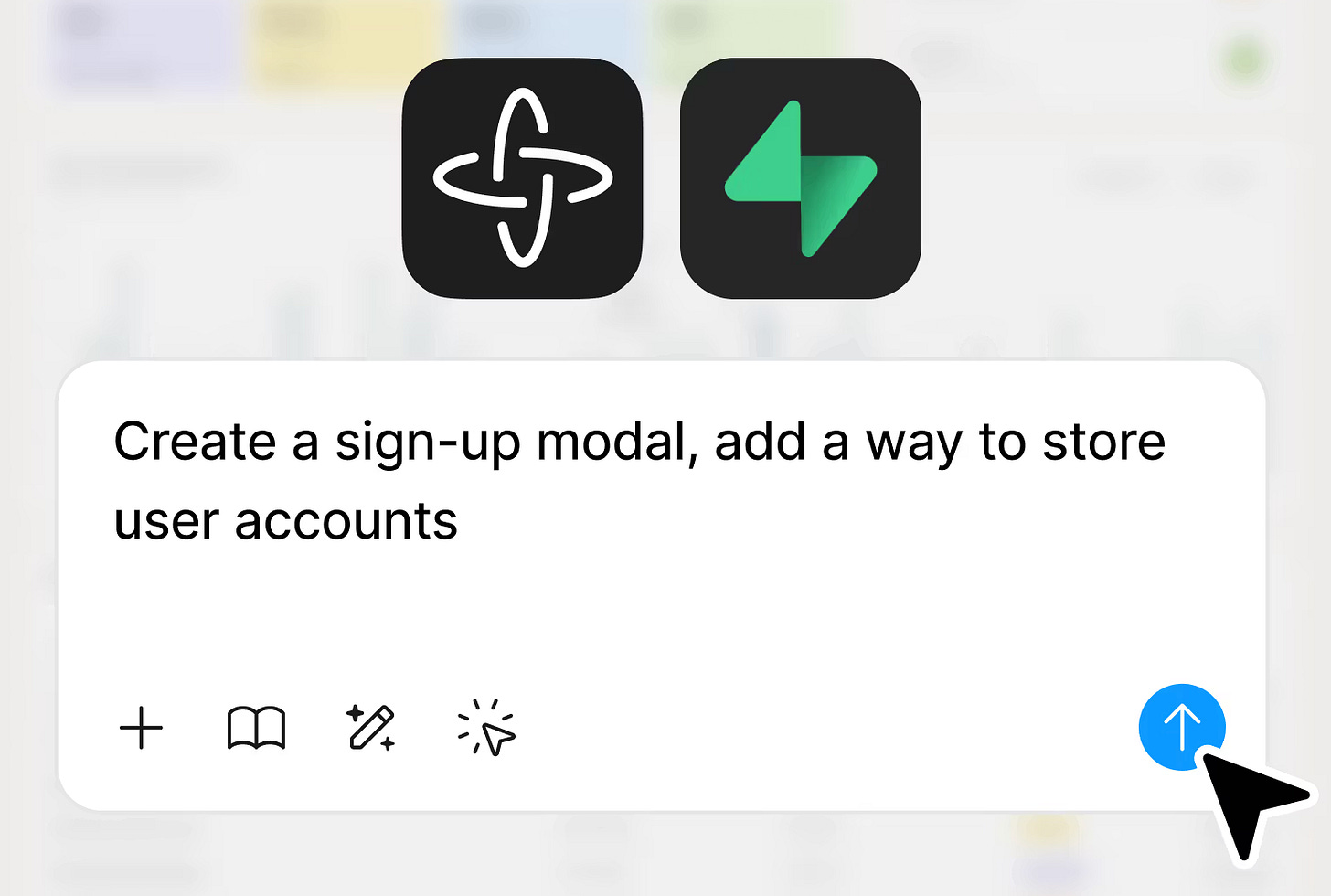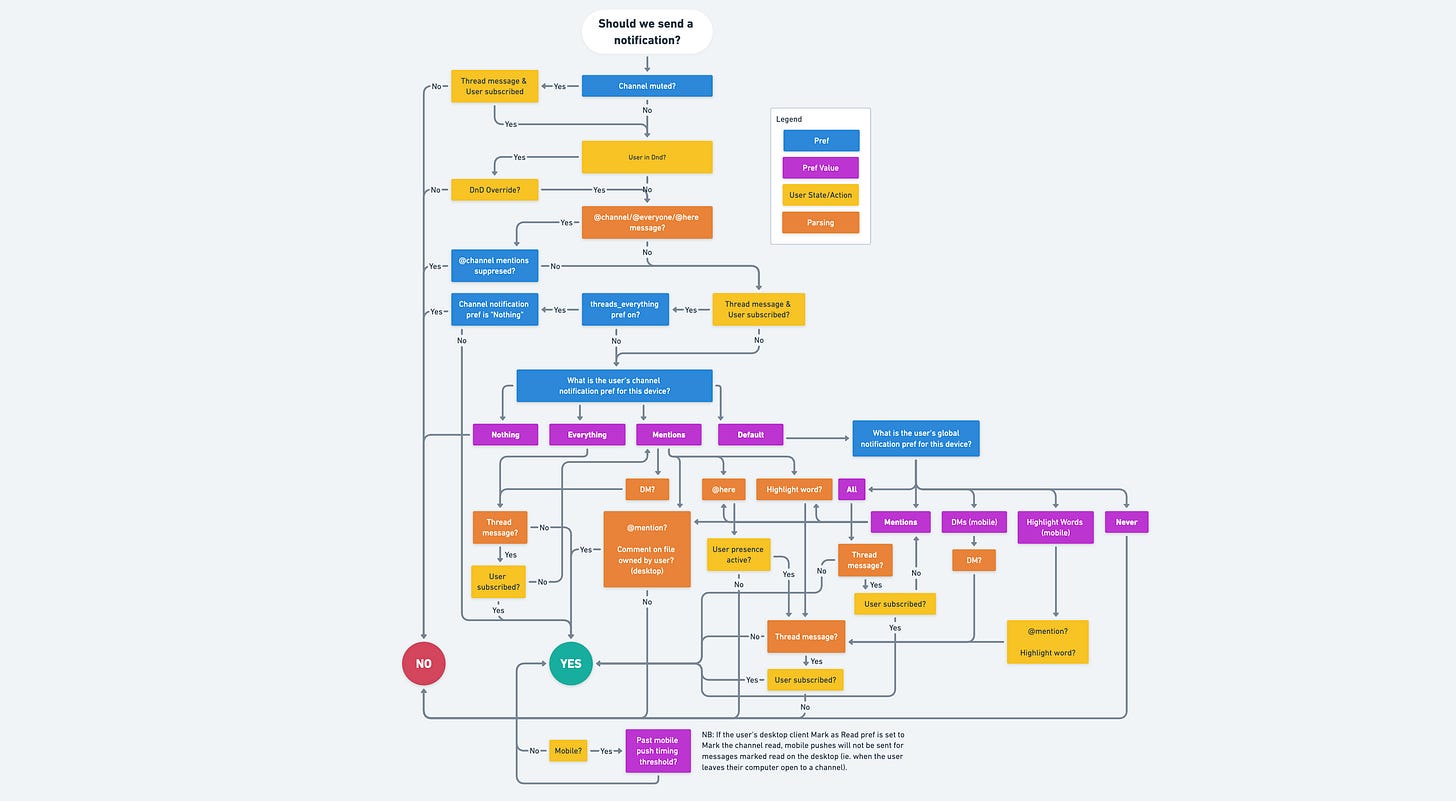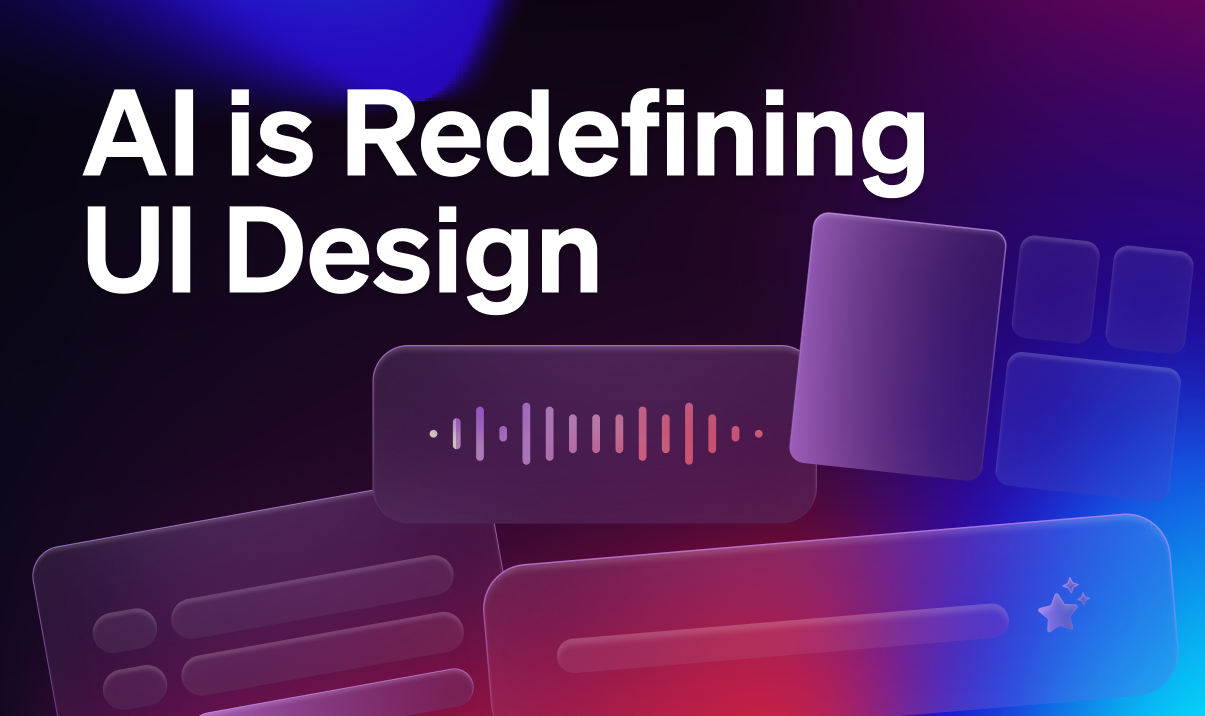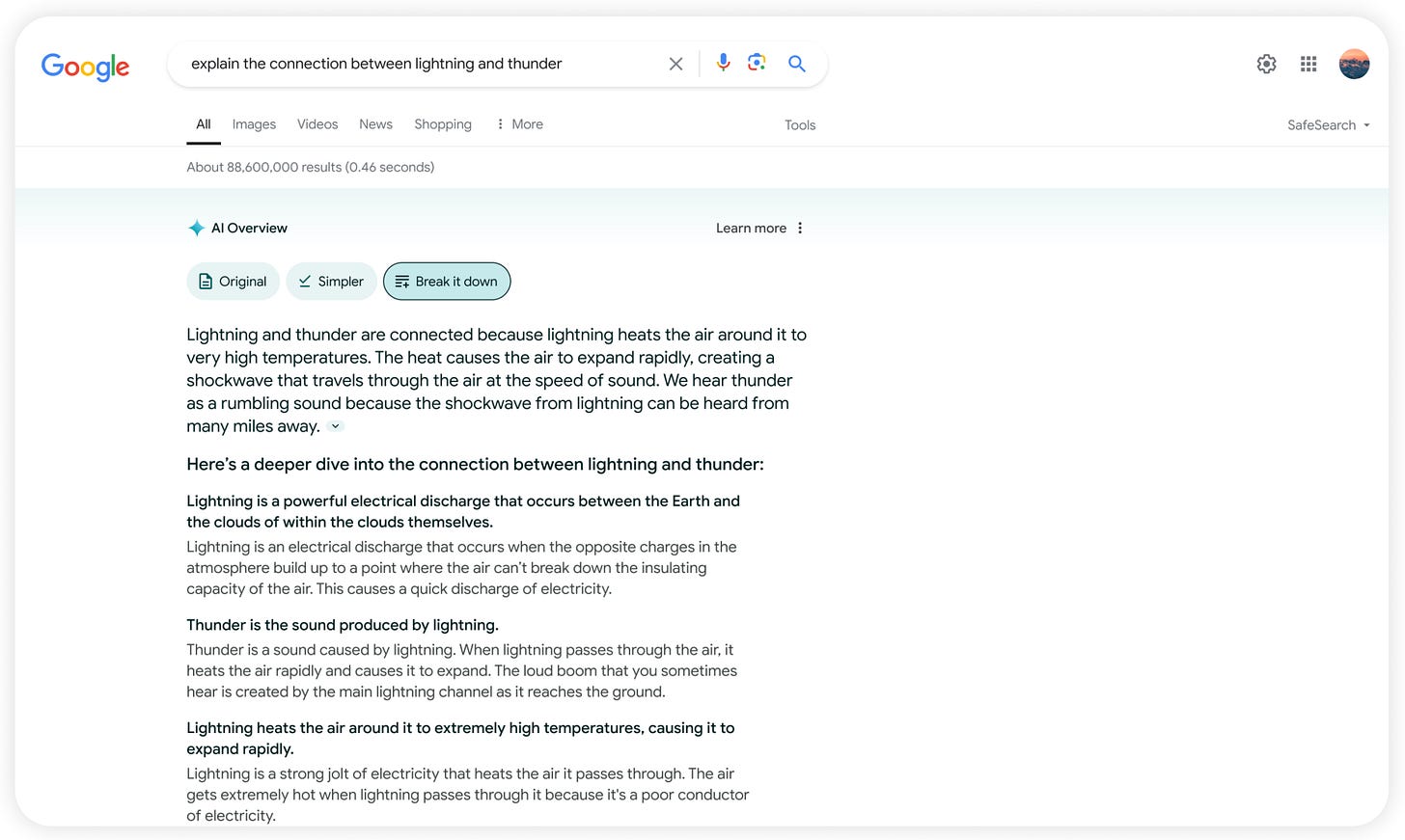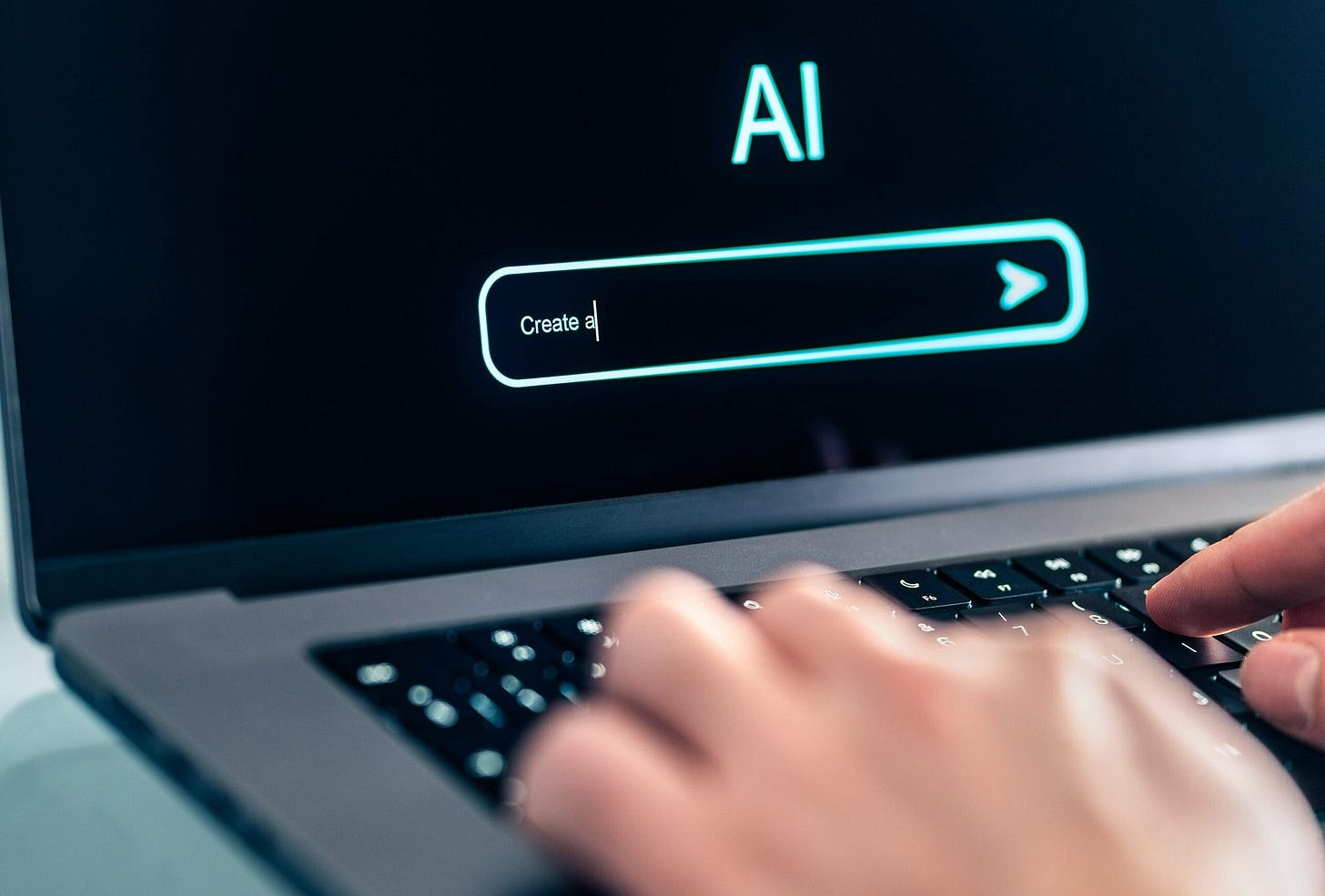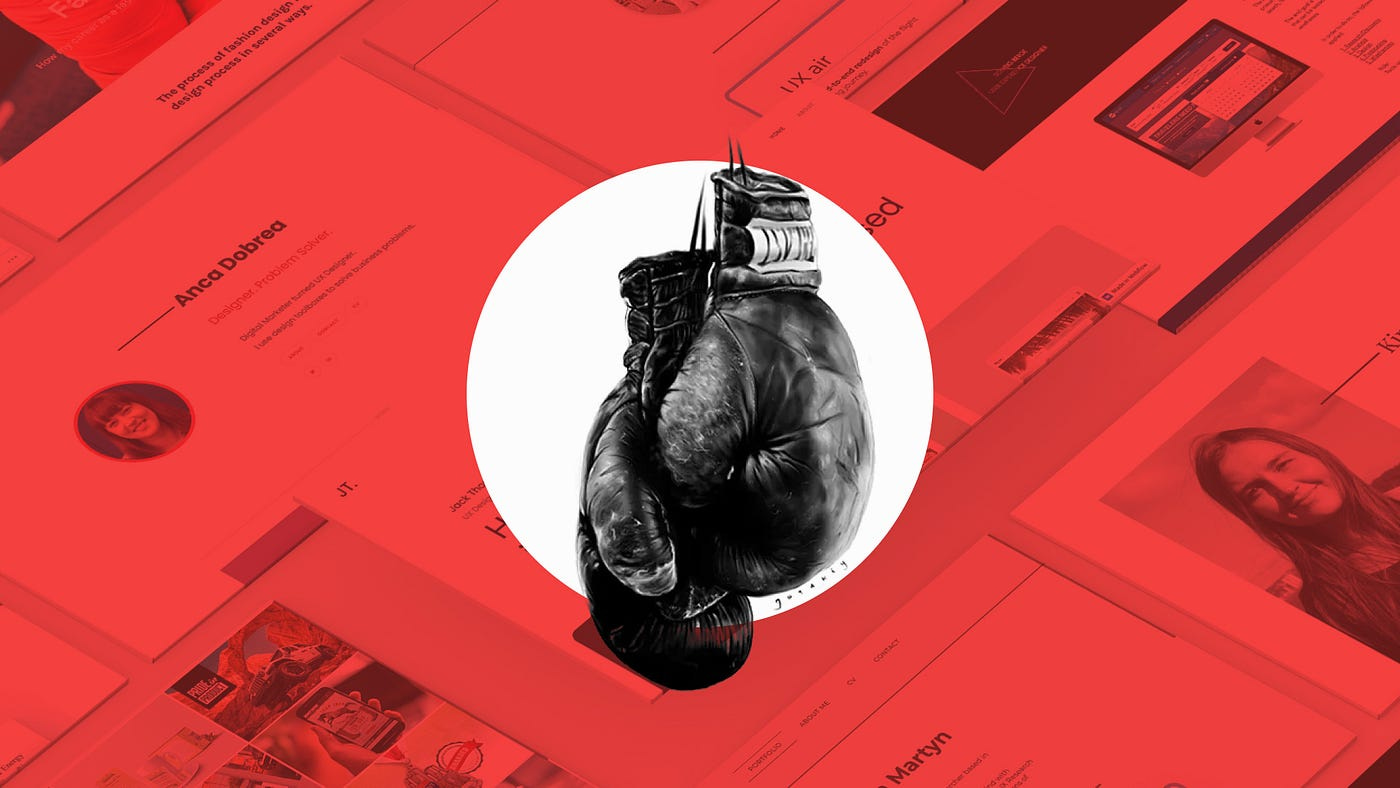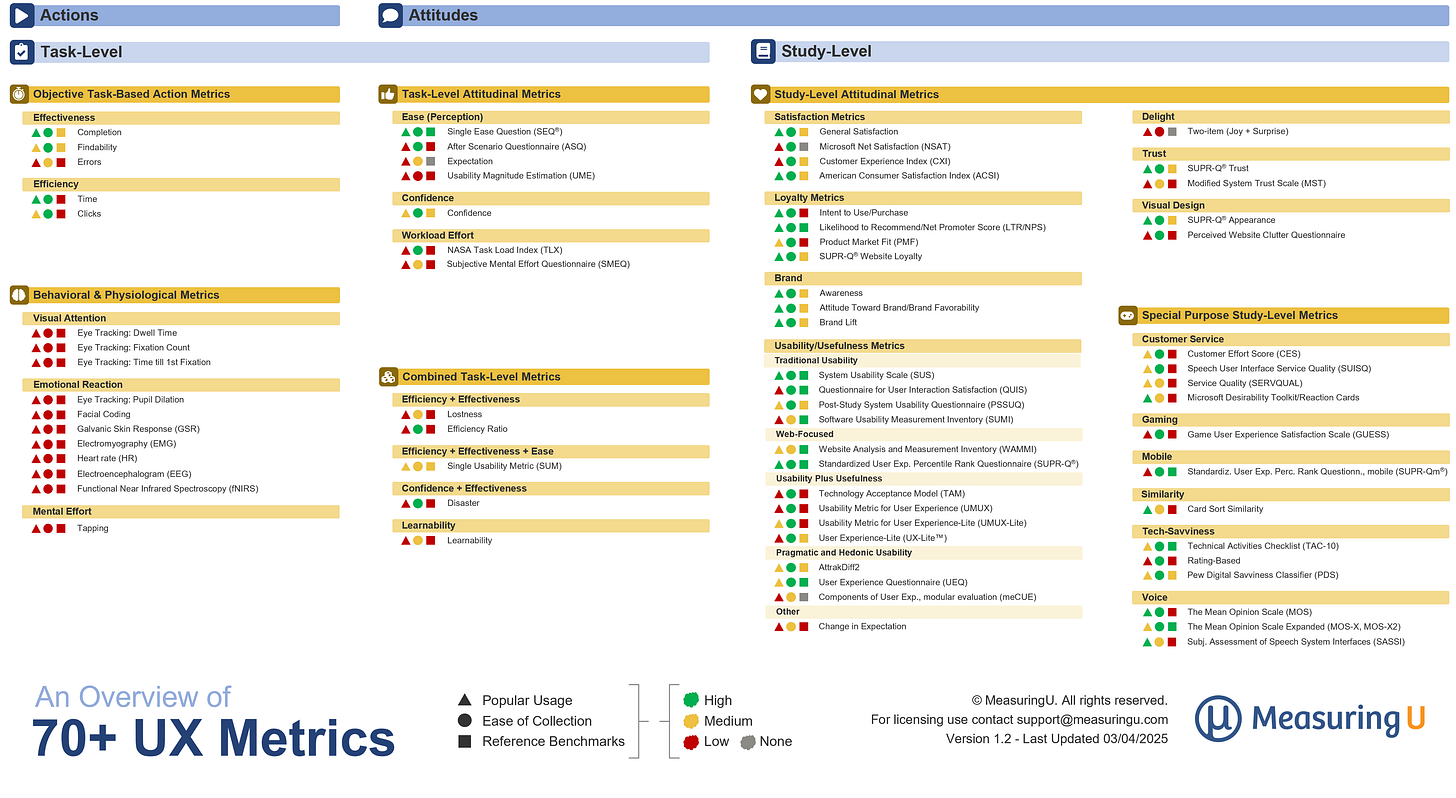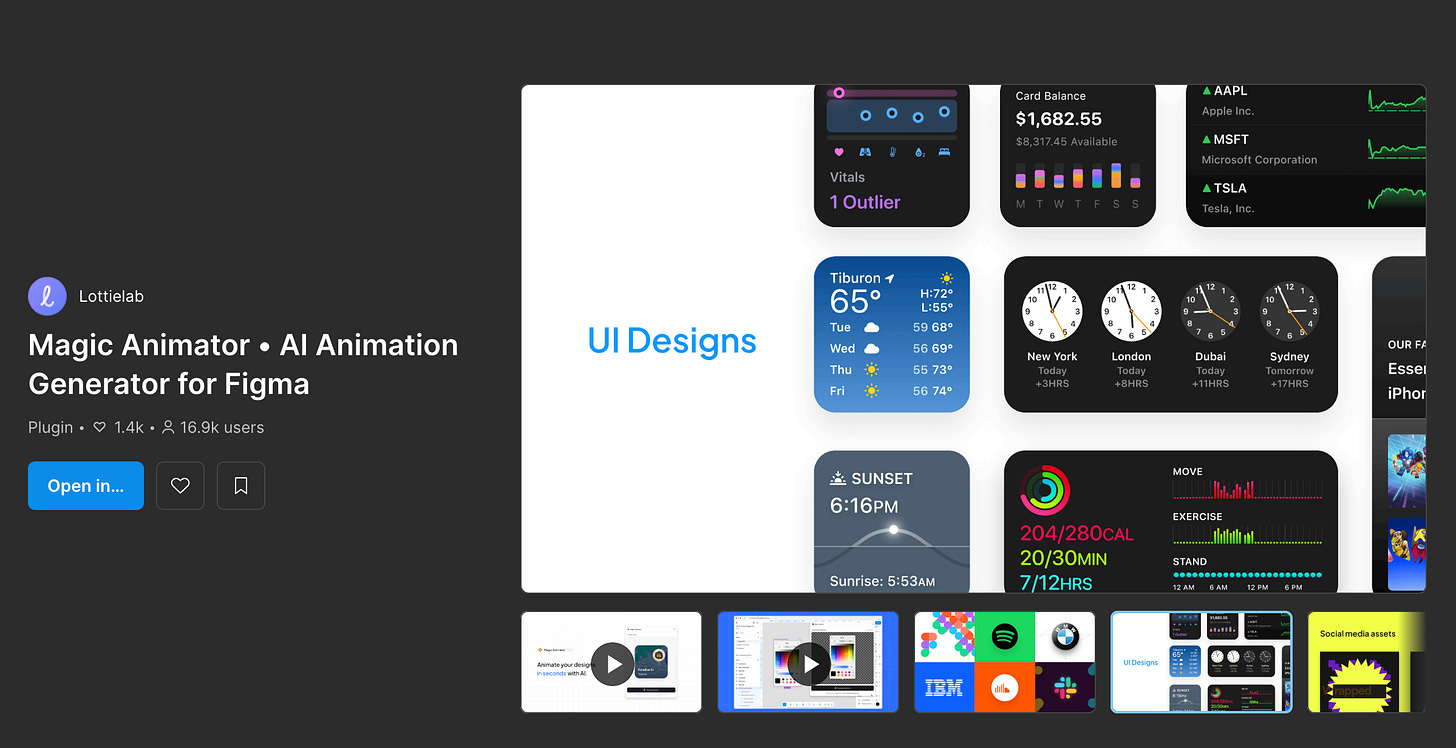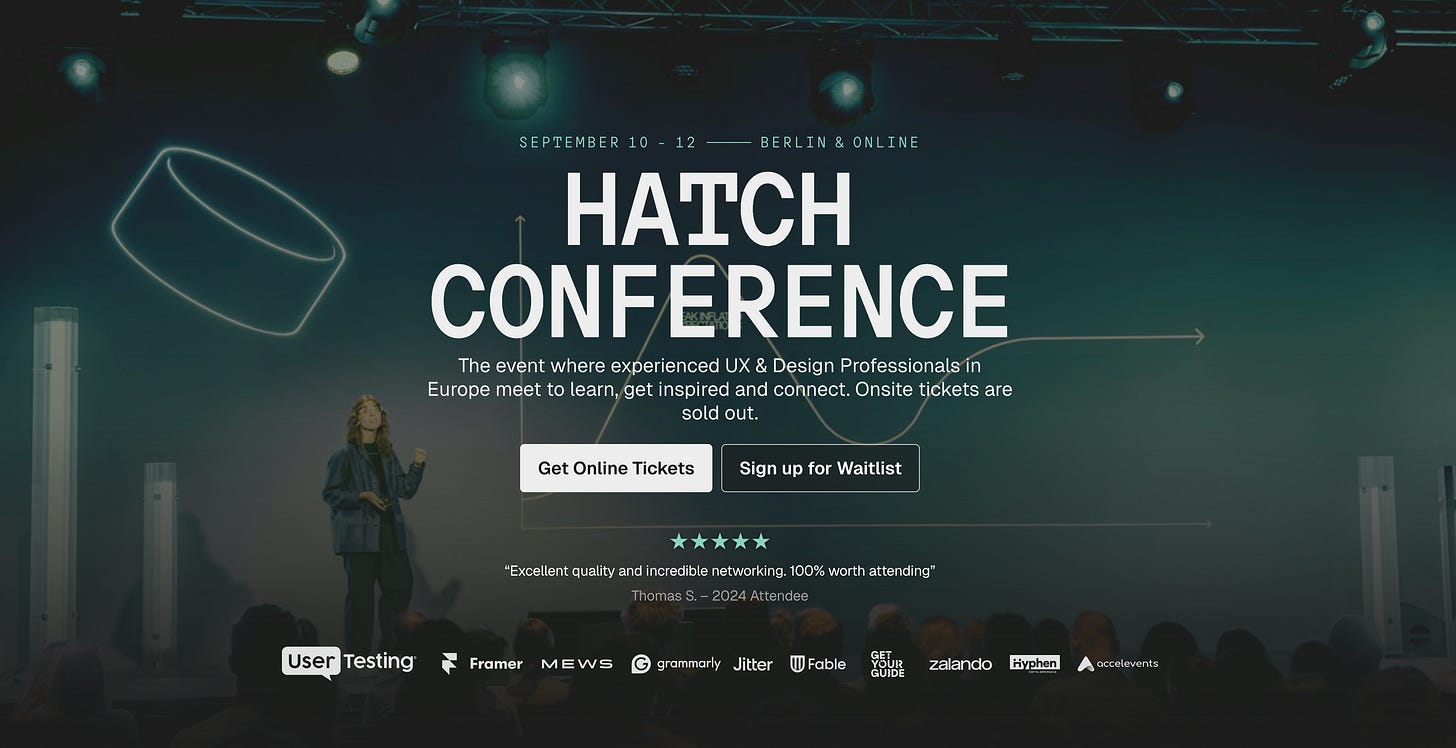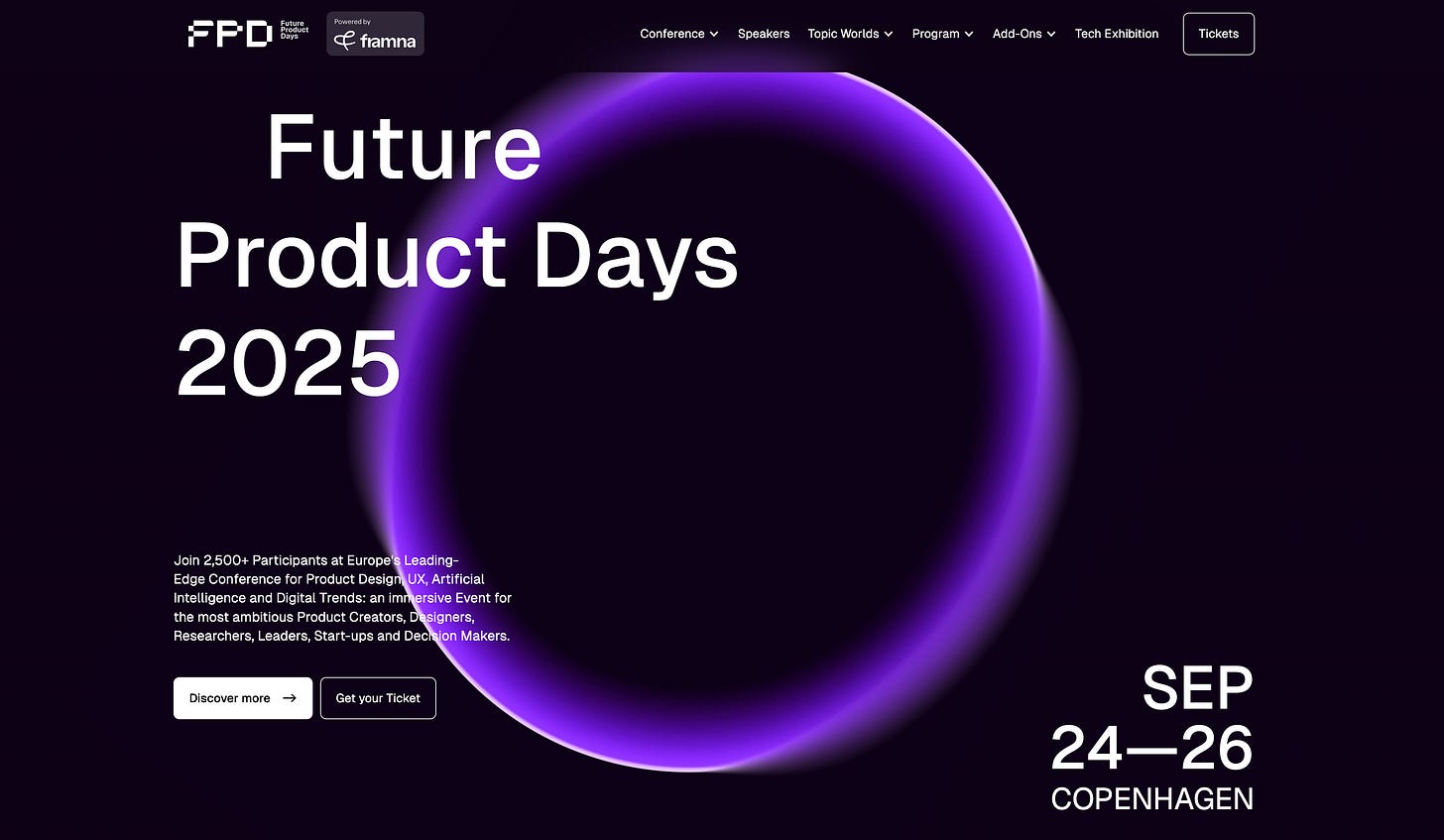Design Newsletter - 15 (July, 2025)
Hello! 👋🏻 Welcome to my monthly "Design Newsletter", where I compile the latest information, trends, and inspiration from the dynamic world of design. I am excited to share my discoveries with you!
Design, Technology, and Art News
Introducing ChatGPT agent: bridging research and action (🔗OpenAI)
OpenAI has introduced ChatGPT Agents, marking a major shift from passive chat to autonomous task completion. These customizable agents can follow multi-step instructions, remember context, and take real actions, like booking travel or handling internal workflows, using tools and APIs. Powered by GPT-4o, Agents are designed to work seamlessly across personal and business use cases. Users will be able to create and manage their own agents, and soon browse them via an upcoming Agent Store. This feature will roll out gradually to ChatGPT Plus and Enterprise users, pushing AI assistants into a new era of productivity and autonomy.
Introducing study mode (🔗OpenAI)
Another fresh news from OpenAI: ChatGPT now has a Study Mode to help students and learners better understand and retain information. It simplifies complex topics, uses flashcards and quizzes for active recall, and adapts to your learning style, making it a more personalized, educational tool for deeper learning.
Opal (🔗Google Labs)
Google Labs has launched Opal, an experimental no-code tool that allows users to build and share AI-powered mini-apps by simply describing workflows in natural language. Opal transforms these prompts into visual workflows, combining model outputs, actions, and tools, and lets users edit them through both conversational and visual interfaces. It supports quick prototyping, remixing of templates, and instant sharing without the need to write any code. Currently available in a public beta in the US, Opal is designed to help anyone, from designers to product teams, create interactive AI experiences more intuitively.
Figma Make x Supabase (🔗 Figma Learn)
Figma Make now supports adding a backend to functional prototypes through built-in Supabase integration. This allows users to add authentication, store data, manage secrets, and connect to external APIs, all without writing code. You can enable it by prompting the AI or via file settings. Once connected, Figma Make manages access and projects across files, making prototypes more dynamic and closer to real product behavior.
Microsoft is Slowly Turning Edge into an AI Agent (🔗Maginative)
With the new Copilot Mode, Edge goes beyond browsing, letting you compare tabs, use voice commands, and even complete tasks like bookings or research. It’s free (for now) and fully opt-in, but raises privacy concerns as it may soon access your history and credentials. Microsoft promises user control, but this marks a clear shift toward AI-powered browsers that act, not just respond.
Interface Insights
Design Guidelines For Better Notifications UX (🔗Vitaly Friedman)
Vitaly Friedman shares practical tips for making notifications useful, not annoying. He suggests prioritizing by urgency, offering user controls like snooze or mute, and guiding preferences during onboarding. Well-timed, personalized, and grouped alerts can turn notifications into helpful moments instead of distractions.
AI is Redefining UI Design (🔗 Romina Kavcic)
Modern UX design is shifting from static screens to intelligent, adaptive systems that remember, infer, and act, often before the user does. This post outlines 10 key principles for designing AI-powered interfaces: from building trust with clear memory and personalization patterns, to supporting voice and multi-modal interactions, behavioral tokens, context-aware layouts, and UI versioning. As AI becomes the engine behind the interface, designers must rethink patterns, components, and system logic to maintain clarity, trust, and usability in dynamic environments.
Google Users Are Less Likely to Click on Links When an AI Summary Appears in the Results (🔗 Pew Research Center)
A new Pew Research study reveals that Google’s AI Overviews are reducing the number of link clicks. When an AI summary appears, users click traditional search results only 8% of the time, compared to 15% without one. Clicks on links within the AI summaries themselves are even rarer—just 1%. Users are also more likely to end their session after viewing an AI result. These findings reflect a growing concern among publishers about declining web traffic, as users increasingly rely on summaries rather than visiting original sources.
Knowledge Drops
AI might be the best thing to happen to design communication (🔗 Michael F. Buckley)
AI tools like ChatGPT are pushing designers to move from instinct to clear articulation. By requiring specific prompts, AI improves not just design outputs but also how designers communicate intent, turning vague intuition into structured, shareable thinking.
From zero to app with AI: Lessons from a UX designer (🔗 Ben Davies-Romano)
A non-technical UX content designer shares their journey of building a simple Japanese learning app using AI tools like ChatGPT and Lovable. The process starts with defining clear functionality and behaviors, then using metaprompting, asking AI to help craft better prompts, to generate a working prototype. Along the way, the designer highlights the importance of clarity, testing, and iterating on both design and prompts, showing how AI can empower designers to create and debug apps even without coding skills.
Portfolios look nice, but battle scars tell the real story (🔗 Ian Batterbee)
Ian Batterbee reminds us that while polished portfolios showcase our skills and outcomes, they often hide the real growth story: the struggles, failures, and lessons learned along the way. Sharing these “battle scars” builds authenticity, trust, and a deeper connection, showing not just what we created, but what it took to create it. As he puts it, “Your scars are your stars — embrace them.”
Why is the UX job market such a mess right now? (🔗 Jared M. Spool)
The UX market has flipped: record numbers of jobs and unemployed designers. The cause? Expired US tax credits, rising interest rates, bootcamp‑grad oversupply, easy‑apply systems flooding roles with applicants, and remote work widening competition, plus missed chances to go strategic and create senior career paths. The result: fierce competition and slow hiring. Success now means applying selectively, using your network, and tailoring every application.
Breaking Analysis Paralysis: A Practical Guide to Using Data in Product Management (🔗 PH)
In today’s data-rich product environments, the challenge isn’t a lack of data, it’s knowing how to use it. This guide offers a practical framework for avoiding analysis paralysis by starting with clear hypotheses, segmenting user groups thoughtfully, combining qualitative and quantitative insights, and documenting findings. It emphasizes that effective product decisions come from actionable, focused analysis, not from being buried in dashboards. Strategic data use starts with asking the right questions, filtering out noise, and turning insights into clear, repeatable decisions.
Tool & Source Time
Product Design for AI: Creating Exceptional User Experiences in an Intelligent World (eBook)
A practical e‑book covering AI‑driven product design, from user experience strategies to data‑informed decision‑making and ethical design principles. A great read for designers working with or exploring AI.
An Overview of 70+ UX Metrics (🔗 Nick Babich)
Magic Animator brings AI‑powered motion design directly into Figma, combining keyframes, timelines, spring easing, and real‑time previews without leaving the canvas. It can auto‑generate animations for logos, icons, layouts, and components, making it faster to prototype, explore ideas, and bridge the gap between static and motion design. Can’t wait to try it!
Skill Sharpeners
Hatch Conference (Berlin & Online)
From September 10–12, Hatch Conference brings together experienced UX and design professionals across Europe to learn, connect, and get inspired. On-site tickets are sold out, but you can still join online.
Future Product Days 2025 (Copenhagen)
Future Product Days is a global event that brings together product leaders, designers, and innovators to explore the future of product development. Expect talks, panels, and workshops focused on emerging trends, real-world case studies, and AI-driven workflows. A must-attend for anyone shaping what’s next in tech and product.
Looking forward to connecting again next month! 🫶🏻 Many thanks for being a part of this journey! ☺️


